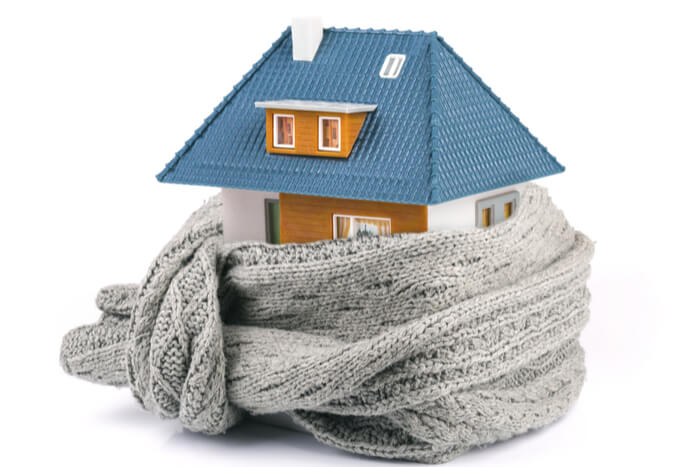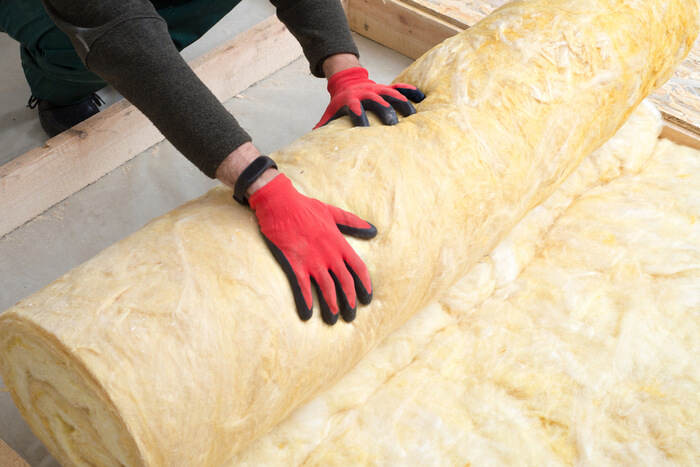Today, ecological materials are coming back, not only into our lives but also into modern building processes as well. More and more people are trying to live a healthy lifestyle and to live in eco-friendly houses. Over the last years the demand for log home and timber frame buildings has increased significantly and today more consumers choose to live in a house which is built of logs. Some of the main benefits of a log house are its simple and fast building process, inexpensiveness, and ecology because log houses are made from renewable resources only.

There are many people who choose not to insulate their houses in order to maintain the natural log look inside and outside of the house. Nevertheless, in order to keep your log house warm in winter and cool during the summer, thermal insulation is essential. And it is hard to imagine a timber framed house without thermal insulation. Thermal insulating layer is very important, therefore, the thermal insulation layers for the log house has higher requirements.
The insulation needs to present good thermal efficiency and avoid unplanned thermal bridges. It’s no good having a product with good thermal properties, if it’s difficult to install without gaps, cracks or other insulation errors in the final construction. So the insulation must be easy and quick to install and one must be able to achieve an exact fit in the construction.
The kind of insulation material to use usually depends on the owner. Insulating material should be fire resistant, reduce noise, and be permeable to water vapour and non-absorbent materials moisture from the air. Stone wool insulation provides thermal protection even in the most extreme conditions. What is more, stone wool is long-lasting and made from natural minerals. Stone wool is not only non-combustible, it is also fireproof and has the ability to only absorb very small amounts of water when exposed to water directly. Once removed from wet conditions the stone wool dries out quickly so that virtually no water remains after a short while.
Thanks to the spaces between the fibres and its porous open structure, stone wool provides good sound absorption and reduces noise ‒ it is among the most effective acoustic insulators. Moreover, stone wool achieves its insulating properties by capturing the air between the fibres, so that virtually no convection takes place. Because stone wool insulation only contains natural air, the thermal performance does not change due to gases diffusing from the product – not even if we consider longer periods like the total lifetime of a building.

As an organic material, wood is combustible. Yet its insulating and charring characteristics produce an interesting response to fire. While wood begins to char (wood charring rate is 0.5-0.6mm/min), commonly in the first 5 minutes of an accidental fire, the wood beneath the char remains structurally durable. Stone wool insulation is naturally fire resistant, and remains stable when exposed to burning hot flames, helping to maintain the building’s structure.












